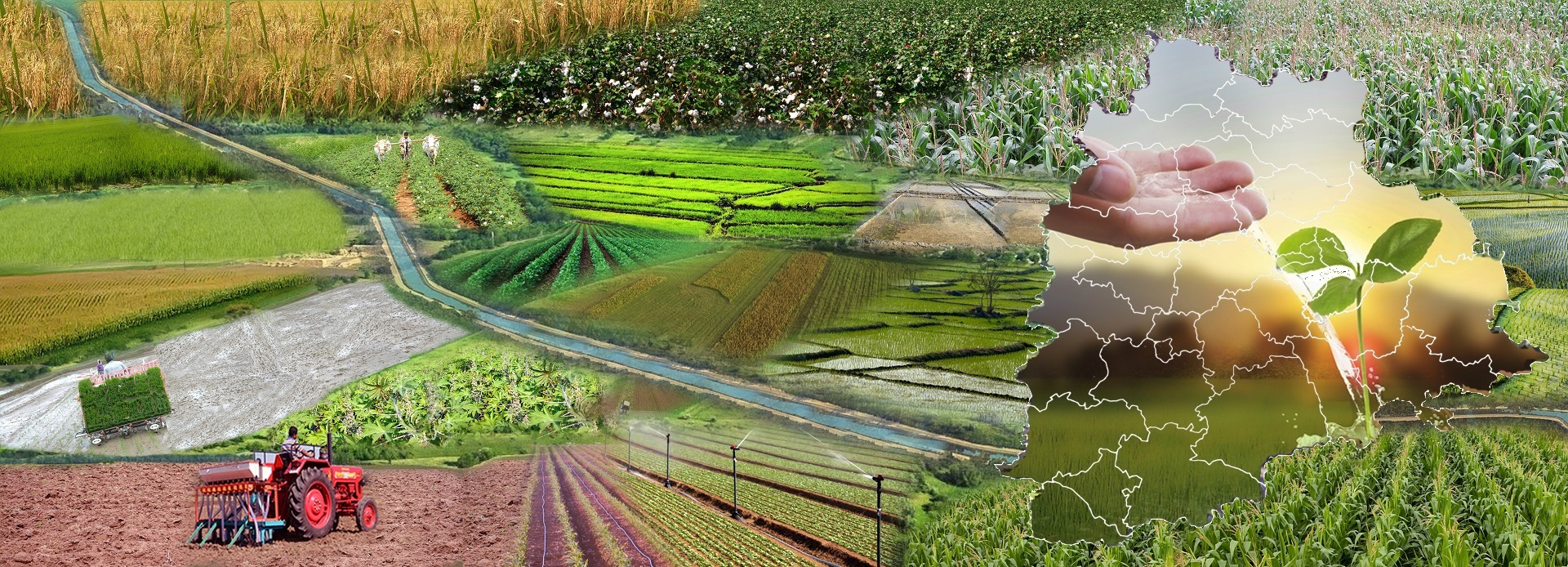



Received: 01-Apr-2022, Manuscript No. GJAEERD-22-63796; Editor assigned: 05-Apr-2022, Pre QC No. GJAEERD-22-63796 (PQ); Reviewed: 20-Apr-2022, QC No. GJAEERD-22-63796; Revised: 28-Apr-2022, Manuscript No. GJAEERD-22-63796 (R); Published: 06-May-2022, DOI: 10.15651/2408-5480.22.10.002
Soils supply the essential nutrients, water, oxygen and root support that our food- producing plant needs to grow and flourish. Soil biology is involved in a variety of nitrogen transformations throughout the N cycle. N-mineralization and nitrification give an inorganic nitrogen supply for plant uptake, whereas N-fixing bacteria convert gaseous nitrogen (N2) to a usable form. These mechanisms are crucial to the cycle and are particularly important in an agroecosystem. Soil denitrifiers are essential in terms of greenhouse gas emissions because of their potential to release nitrogen oxides from the soil.
Ammonia oxidising bacteria and ammonia oxidising organism that convert ammonia to nitrite. Nitrogen fixation is the process of converting nitrogen (N2) from the atmosphere into ammonia (NH3). A number of soil bacteria contain the enzyme nitrogenise, which allows them to fix nitrogen while free-living in the soil (Azospirillum and Azobacter) or in combination with leguminous plants (Azospirillum and Azobacter) (Rhizobia and Bradyrhizobia). Rhizobia's relationship with crop and pasture legumes is important for land productivity in agriculture. Rhizobia inhabiting the roots of legumes and lives in nodules that grow on the roots. The legume provides Rhizobia with a habitat as well as nutrients and energy in the form of carbon compounds. Soil taxonomy system uses various, structure, texture and other properties related to soil surface. Soil scientists qualified to evaluate soil and interpret soil related data for the purpose of understanding soil resources in agricultural product, environmental quality and operation or protection of environmental and human health. They also conduct exploration in soil bracket, tillage, drainage and irrigation, soil fertility, factory nutrition and other affiliated areas.
Soils serve as a medium for factory growth, a habitat for various animals, a filtration mechanism for drinking water, and a means of preserving atmospheric feasts. Soil science helps plants, worms, fungi, and bacteria survive and flourish by providing sustenance in the form of necessary minerals and nutrients, as well as water and air. Soil not only absorbs valuable water and prevents evaporation from the surface, but it also stimulates crop growth, produces bio-materials, anchors roots, permits water, and nutrient transmission to the soil interface. Soil pollutants water to help in regulating the earth’s temperature and important hothouse feasts. It also provides the foundation for introductory ecosystem function promoted by advances in natural resource and environmental study. Study of soil resource is critical the environment, food and fibre product. Understanding ways to ameliorate soil conservation like cover crops, crop gyration, planted wind breaks and conservation tillage that affect both soil fertility and corrosion are also important.
Soil plays an important part in ranch ecosystem by furnishing nutrients essential for the growth of agrarian and horticultural crops. Rich soil is rich in nutrients and water largely suitable for husbandry and serves as the primary nutrient base for healthy crops. Rich soil contains pH and primary factory nutrients like, nitrogen, phosphorus and potassium because of its former or decaying content of organic matter along with minor nutrients that help in factory growth. Some of functions associated with soil include; nutrient cycling; water regulation; ecological part in furnishing factory growth medium, recovering organic wastes and nutrients, modifying the atmosphere, water force and sanctification, niche for soil organisms and other normal processes that do in the ecosystem to profit water quality, food product and deluge control that improves the frugality and quality of life. Important benefits of soil include natural protection of seeds and shops; disbandment and germination of seeds within soil ecosystem; physical support system for plants; retaining and delivery of nutrients to crops. Soil is vital for our good 95% of global food product relies on soil, it's home to a quarter of all terrestrial species, and it plays a pivotal part in storing carbon and water, which helps alleviate climate change and help flooding. Yet, soils around the world are being degraded. The capability of soil to deliver benefits is linked to its It provides a terrain for shops (including food crops and timber wood) to grow in, by anchoring roots and storing nutrients. It filters and cleans our water and helps help natural hazards similar as flooding. It contains immense situations of biodiversity. Eventually, it's the largest terrestrial store of carbon, and thus helps to regulate the climate. Soil structure refers to the arrangement of solids and severance spaces within soil. Solids, formed from organic composites and mineral ions clump together to form summations. The gaps between these summations are the severance spaces. For soil used in husbandry ‘well-structured soil’ will have a continuous network of pore spaces to allow drainage of water, free movement of air and unrestricted growth of roots. Typically, a ‘good’ agricultural soil is thought to consist of around 50%solids, 25% air and 25% water, but this will vary according to soil type.